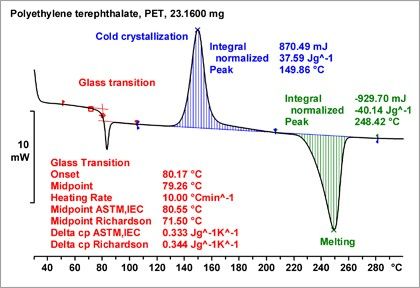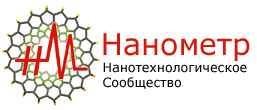On Demand FREE Webinar DSC Analysis – Fundamentals and Applications
This webinar discusses the topic of how to engineer ceramics from nanoparticles to finished goods using ZEISS solutions for industrial ceramics research. To better engineer ceramic materials, it is important to characterize the materials and understand the structure, properties, performance and process for ceramic materials. This webinar will cover the many application touch points included in ceramic research where both imaging and analytical microscopy is involved.
DSC analysis is used to study the behavior of materials as a function of temperature or time
 |
DSC analysis measures the heat flow produced in a sample when it is heated, cooled, or held isothermally at constant temperature. Melting points, crystallization behavior and chemical reactions are just some of the many properties and processes that can be measured by DSC.
Industries and applications
DSC analysis is used for numerous applications in a wide range of industries. Examples include glass transition determination and the investigation of chemical reactions, melting and crystallization behavior.
Other DSC applications deal with the influence of additives, fillers or the processing of materials. The characteristic shape of the individual DSC curves is used for quality control.
DSC sensors
The sensors determine the quality of the measurement and are thus the most important components of the instrument. Better sensitivity means that it is possible to detect smaller thermal effects in the sample or conversely to use smaller amounts of sample.
Another important performance property in a DSC experiment is the baseline. The baseline should be free of artifacts or drift because effects like these could overlay or hide true sample effects.
English , Русский
Источник: https://www.mt.com/us/en/home/library/on-demand-webinars/lab-analytical-instruments/DSC_TA.html
